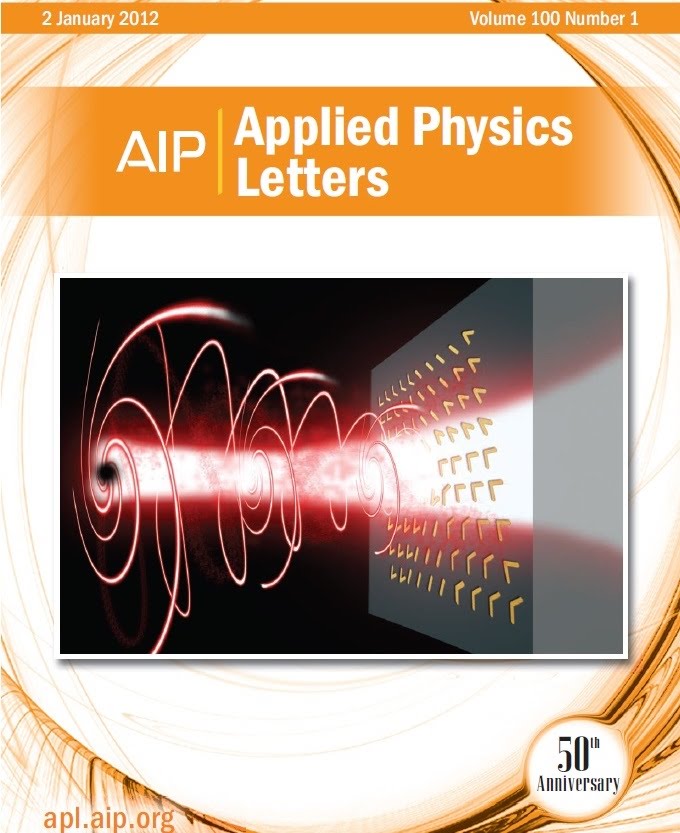Summary: Carbon nanotube networks in thin-film type transistors were studied experimentally, comparing the use of pre-separated semiconducting enriched nanotubes (90% and 99% purity) to examine how topology affects the properties of the devices. Measurements are reported for two deposition methods used for network formation: random and spin-aligned deposition methods. The results show that the thin-film transistors fabricated via spin-aligned deposition demonstrate better electrical uniformity and performance than those produced by the random network deposition method. Our results imply that coverage and alignment are strongly correlated with the properties of the devices and should therefore be simultaneously optimized for improved electrical uniformity and performance.
Comparative study of solution-processed carbon nanotube network transistors
